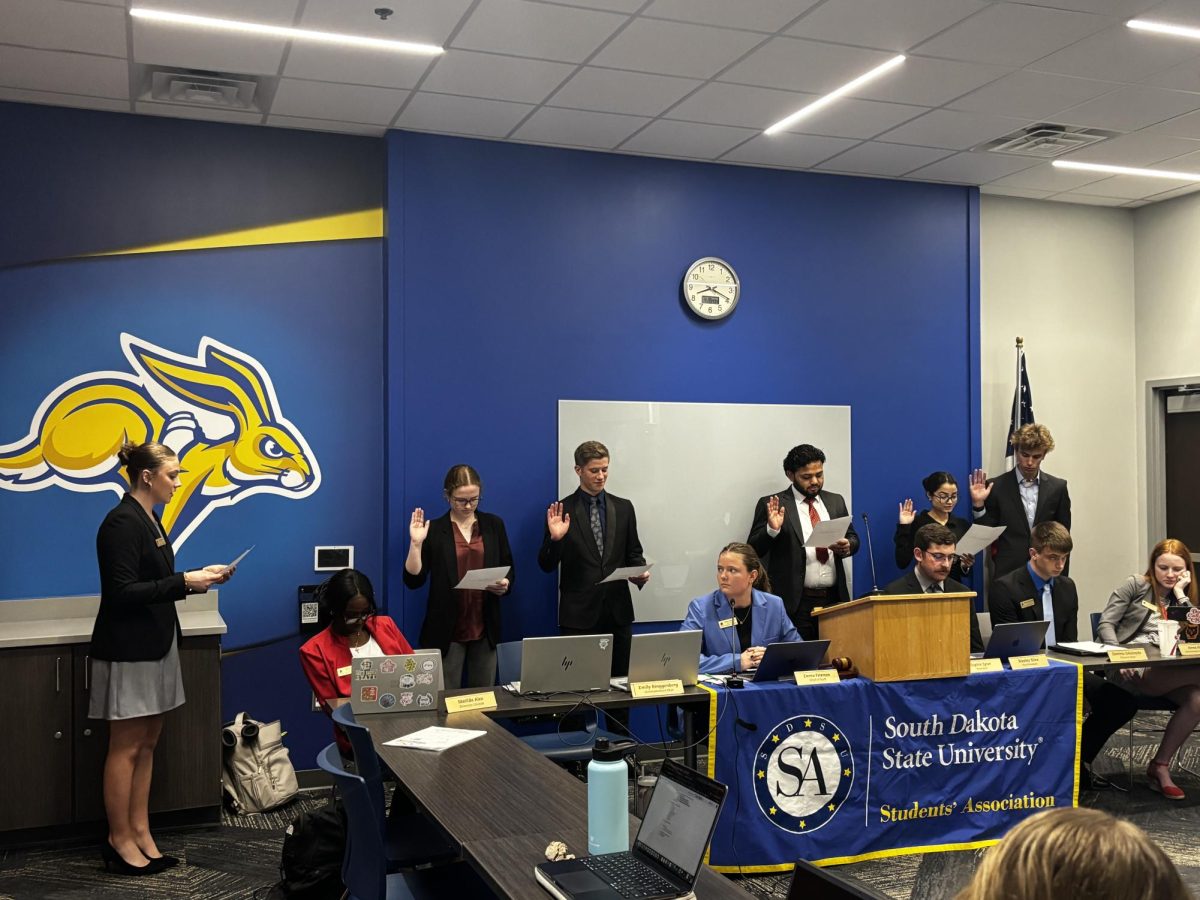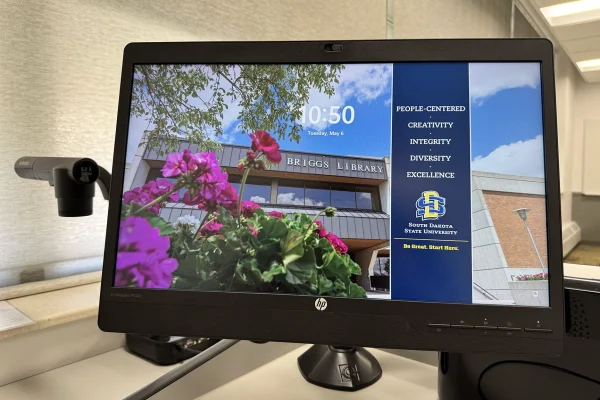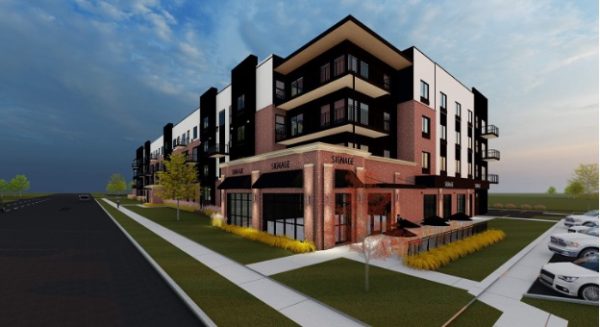Jackrabbits overrun on-campus housing
September 14, 2010
Hannah BakerNews Editor
Even with the implementation of the new Jackrabbit Village residence halls, SDSU’s need continues to find accommodation solutions for the high student population, resulting in utilizing dormitory dayrooms as residence rooms.
Although the official number of students now attending SDSU is not yet available, currently 10 residence halls on campus, including the new Jackrabbit Village, have had to convert the dayrooms to traditional room settings to accommodate the high population of on-campus students. Waneta Hall, which previously had been planned to house single rooms for upperclassmen has instead remained a traditional setting and is currently housing students in its dayrooms as well.
However, those in the dayrooms, which can house four to six students, should not get too comfortable because the situation is only temporary, said Doug Wermedal, assistant vice president for student affairs.
“The long-term goal is to have all students in a traditional room with one other roommate, but because of our high population, we had to utilize the space offered by the dayrooms,” Wermedal said.
Brian Eiesland, sophomore civil engineering major from Brandon, is currently one of the students living in a dayroom of Young Hall. Although he has two more roommates than he originally planned, Eiesland said he enjoys living in a dayroom.
“I’m not disappointed that I am in a dayroom at all. It’s pretty nice, and my roommates and I have a lot more space than other people, and free cable,” Eiesland said. “It’s not like a small, cramped cell like what other people have to live in.”
Although the students living in the dayrooms might enjoy the extra perks that come along with it, students like Zoey Bradeen, pre-law major from Custer, who lives in Waneta in a traditional room setting, do not share the same feelings.
“I don’t think it’s fair that some students get to have their dorm rooms in the dayrooms and have the added bonuses,” Bradeen said. “Since the study area is taken I have to go down in the basement by the washers and dryers just to study.”
Freshman agronomy major, Wyatt Walter, is also upset that the dayrooms are currently occupied.
“It sucks that we have to go to the kitchen to study and that we can’t use the dayrooms for stuff like that,” Walter said.
Although having students in the dayrooms adds more students to each floor, Wermedal said parking and bathroom traffic have not seemed to be affected.
“There have not been any complaints for overcrowded bathrooms as far as I am aware. As for parking, it is generally a little disorganized at the beginning of semesters until students get a feel for their individual schedules, but as far as we can tell it has not been a problem either,” Wermedal said.
Dean Kattelmann, assistant vice president for facilities and services, also said that even with the higher student population, the residence parking lots are large enough to handle the excess cars.
“Right now there is enough parking for students living in the dorms,” he said. “A year ago we took out the tennis courts on the east side of campus to provide for more parking. Also, students can park in the marital housing lots if they have their 19 tag (the decal for the residential hall parking lot) and as long as the spot is not marked as reserved.”
Although living in a dayrooms means having more roommates, Wermedal said those students living in the dayrooms have not had any negative feelings towards the situation.
“We contacted the students who live in dayrooms back in June so they knew what to expect on their arrival in the fall. Most students in the past liked living in those rooms and actually grew quite accustomed because of the ability to make more connections with more people, more space and because most of the rooms are air-conditioned,” Wermedal said.
Jo Ann Sckerl, director of Academic Evaluation & Assessment, said the ACT scores of SDSU have risen over the past four years. In 2006 the average ACT composite score was 22.7. In 2007 and 2008 the score continued to climb steadily at .1% each year until reaching its current average for 2009 at 23.
Wermedal expects enrollment to rise in the future due to this rising average ACT scores.
“We will continue to grow, but it’s not a situation where people apply to SDSU and automatically get it. In order to be admitted into SDSU, students must have an 18 composite ACT score, or a 2.6 on a 4.0 scale high school GPA, or graduating in the upper 60% of their class,” he said.
“ACT scores of high school students have gone up with our enrollment and since SDSU is continuing to be a popular choice because of our strong academic programs and cost-effective packages we expect enrollment to rise. This is a good problem to have.”
Bradeen does not agree with this notion of allowing more and more students into SDSU.
“If there wasn’t enough regular rooms available than they should have stopped enrollment before it reached that high,” she said.
Kattelmann said one future change to accommodate SDSU’s increasing student enrollment is adding new residence halls.
“The Jackrabbit Village addition was a huge success, and we look forward to working with students again when the plan for a new residence hall comes around. One thing for sure is the next residence halls we build will enhance the campus community much like the new Jackrabbit Village residence hall has,” Kattelmann said.
#1.1599543:1142382218.jpg: Jackrabbit Village complex:The new Jackrabbit Village complex holds many students but still could not avoid capacity issues. Some dayrooms in the complex have been converted into living quarters.:File Photo





















